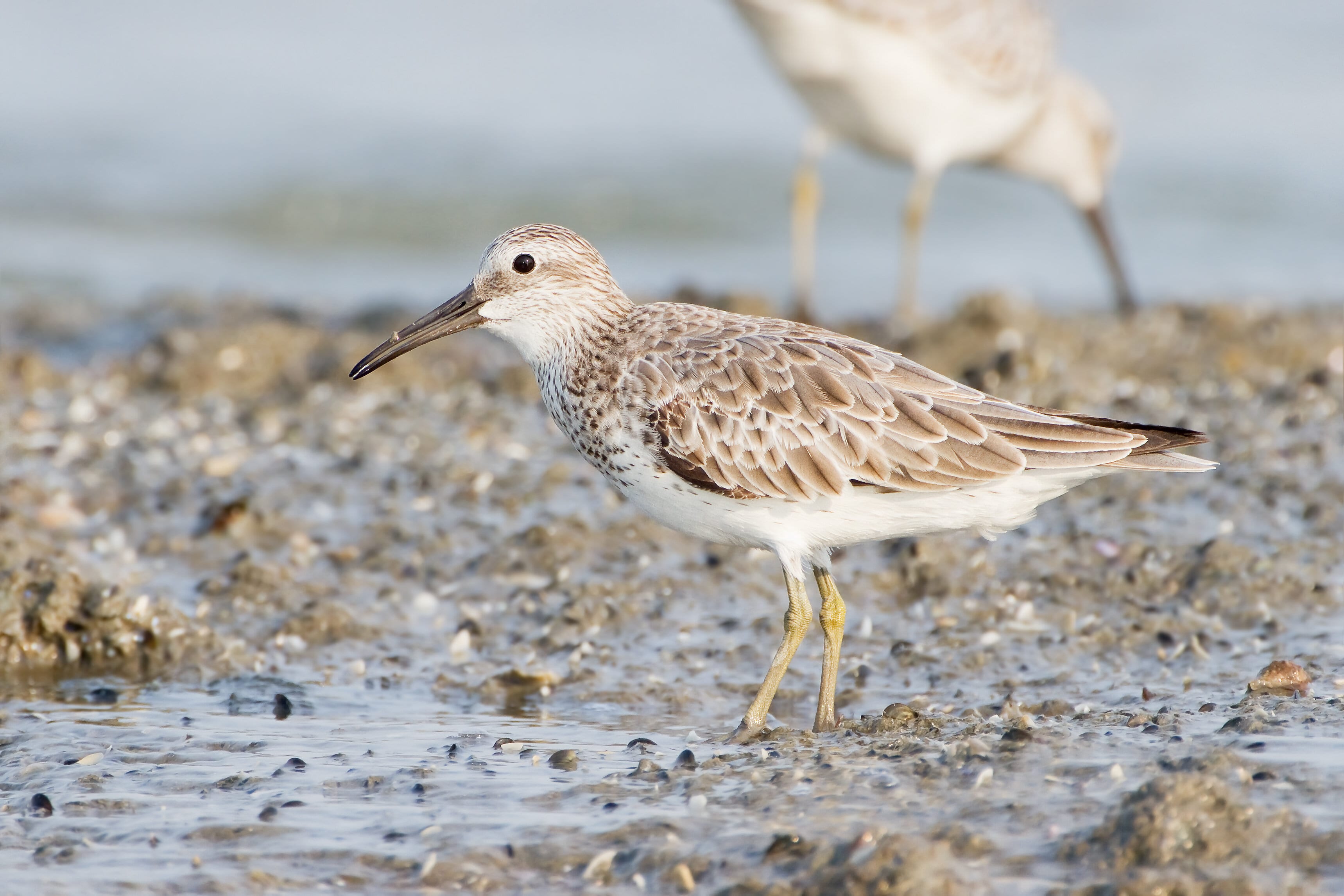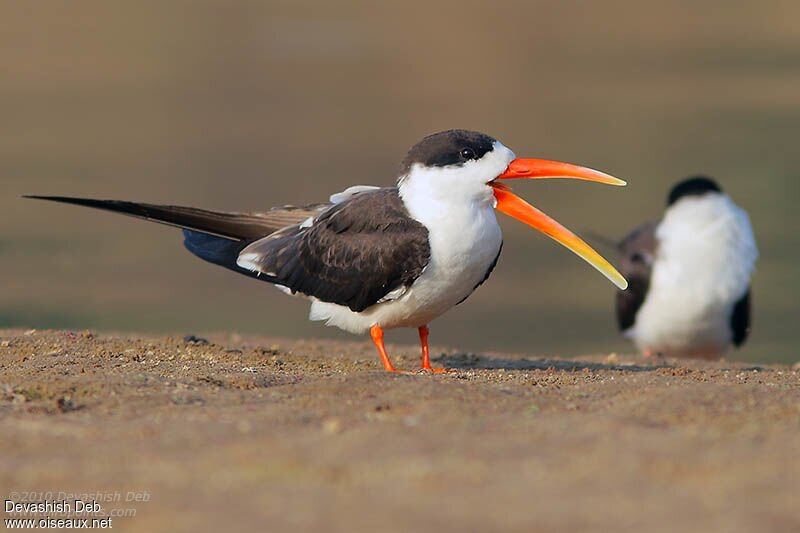Dredging in Kakinada | 30 May 2020
Why in News
Recently, the Andhra Pradesh Government has directed the GMR Energy Limited to stop environmental hazardous activities like dredging in the Kakinada coast.
Key Points
- These activities are leading to destruction of the prime habitat of birds i.e. Great knots (Calidris tenuirostris), and Indian skimmers (Rynchops albicollis).
- It is also impacting the soil topography and salinity on the site being levelled with the dredged material.
- Due to such activities, India has lost its major part of wetlands and mudflats severely affecting the migratory species, E.g. the Coringa Wildlife Sanctuary.
- Dredging is the removal of sediments and debris from the bottom of lakes, rivers, harbors, and other water bodies.
- It is also carried out to reduce the exposure of fish, wildlife, and people to contaminants and to prevent the spread of contaminants to other areas of the water body.
- Dredging of streams also lowers the surrounding water table and dries up adjacent wetlands.
- Mudflat:
- Mudflats refer to land near a water body that is regularly flooded by tides and is usually barren (without any vegetation).
- It is also known as tidal flats and formed upon the deposition of mud by tides or rivers.
- Mudflats and mangroves together constitute an important ecosystem.
- Mudflats serve to protect coastal lands from the eroding forces of nature and also provide an important habitat for shore birds.
Great Knots (Calidris tenuirostris)
- These are the migratory birds and have breeding habitat in tundra in northeast Siberia.
- It is listed as Endangered in the International Union for Conservation of Nature (IUCN) Red List of Threatened Species.
- They nest on the ground and generally have large flocks when migrating.
- This species has short dark legs and a medium-length thin dark bill.
- The great knot can be identified by its larger size, longer bill, deeper chest, and the more streaked upperparts.
- In India, It is found along the coastal regions of Gujarat and Andhra Pradesh.
Indian Skimmers (Rynchops albicollis)
- It is also called Indian scissors-bill.
- It is listed as Vulnerable in the International Union for Conservation of Nature (IUCN) Red List of Threatened Species.
- They are mainly found in Central India along the rivers or estuaries.
- The bird has a black cap and orange bill that contrasts with the white body.
- It is rapidly declining as a result of widespread degradation and disturbance of lowland rivers and lakes.
Way Forward
- There is an immediate need to document the destruction of the Kumbabhisekham mudflat due to the dredging, and sought the intervention of the State and the Ministry of Environment and Forests and Climate Change in the matter.
- It is a Development vs Conservation issue. Hence, a proper analysis based on scientific study followed by consensus among various stakeholders by addressing respective concerns is required urgently.
